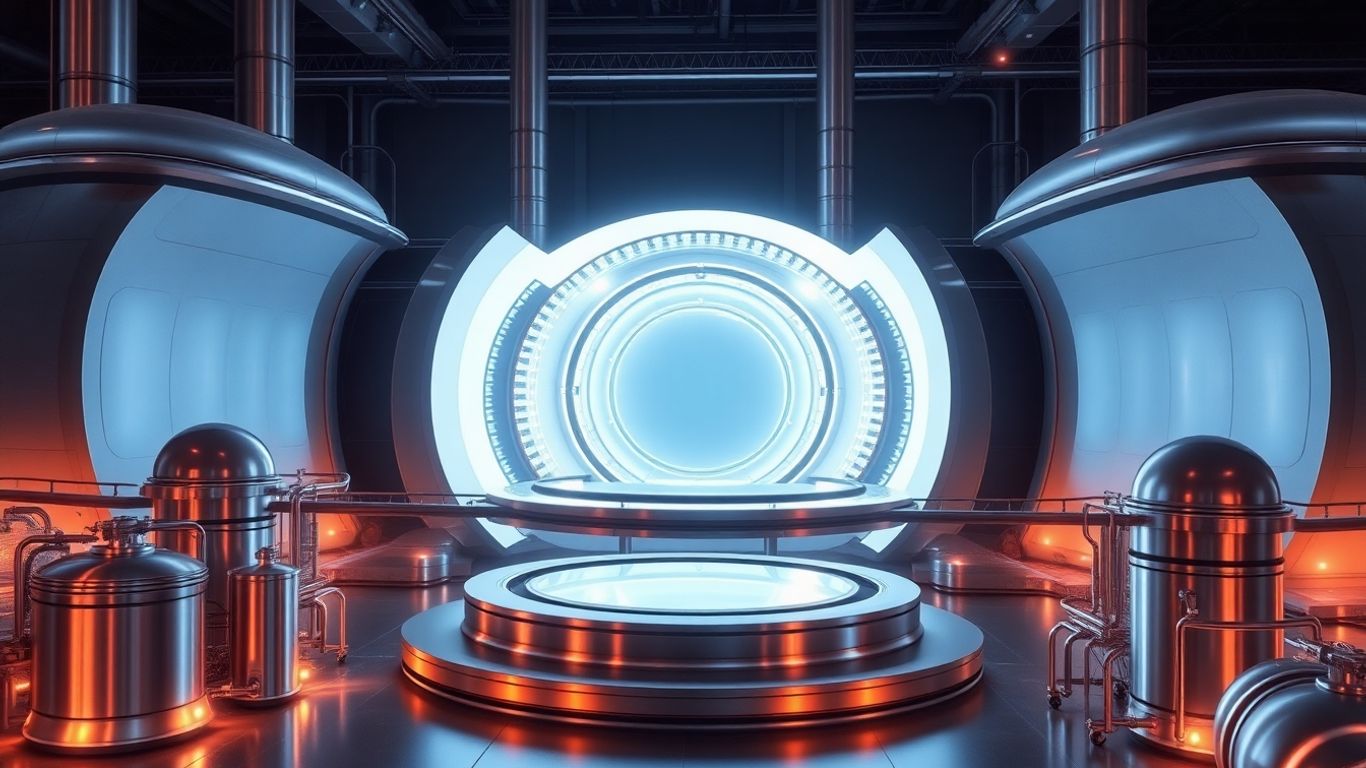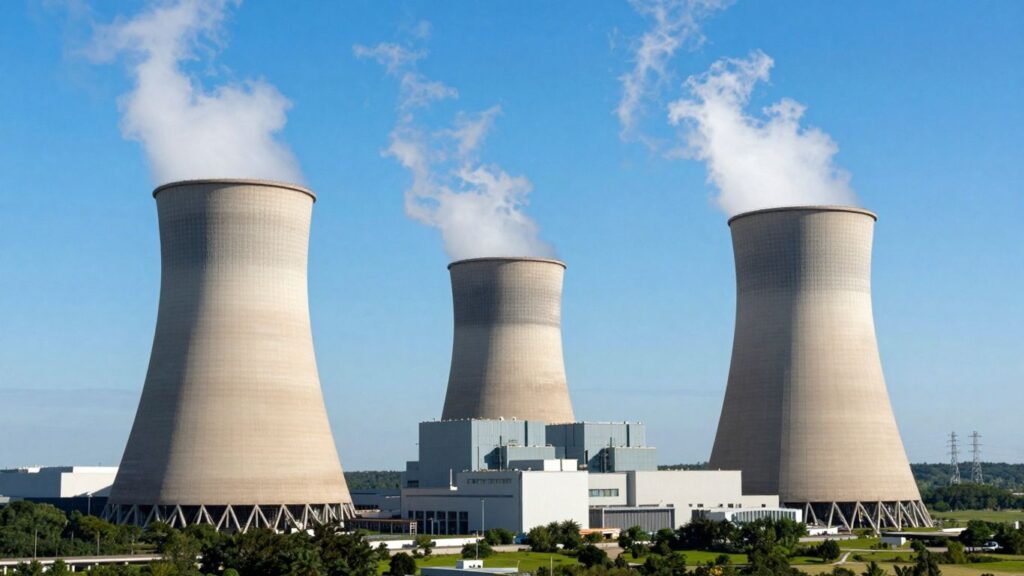The global pursuit of cleaner energy sources is accelerating, with significant advancements in nuclear reactor technology taking center stage. From novel fuel designs to the development of smaller, more efficient reactors, nations are investing heavily in nuclear power as a key component in the fight against climate change, aiming to reduce reliance on fossil fuels.
Key Takeaways
- New nuclear fuel designs aim to reduce waste and enhance safety.
- Small Modular Reactors (SMRs) are gaining traction as a more flexible and potentially cost-effective alternative to traditional large-scale plants.
- International competition is heating up, with the US, Russia, and China vying for leadership in SMR development and deployment.
- Research into alternative coolants and fuels, like molten salt and thorium, is paving the way for next-generation reactors.
Advancements in Nuclear Fuel and Reactor Design
Researchers at the Idaho National Laboratory (INL) are collaborating with Clean Core Thorium Energy to develop a novel nuclear fuel called ANEEL. This design combines thorium with high-assay low-enriched uranium (HALEU), potentially reducing nuclear waste, enhancing safety, and lowering costs for existing pressurized heavy water reactors. Early tests in INL’s Advanced Test Reactor (ATR) show promising results regarding the fuel’s structural integrity and irradiation stability.
The Rise of Small Modular Reactors (SMRs)
Small Modular Reactors (SMRs) are emerging as a critical technology in the global energy transition. These reactors are smaller, less costly to build, and more flexible than traditional large-scale plants. The US, Russia, and China are all heavily investing in SMRs, recognizing their potential to provide reliable, low-carbon energy. While China has an operational SMR on land and Russia leads in SMR fuel production, the US is working to catch up, aiming to secure global market share through international partnerships and financial backing.
Exploring Alternative Fuels and Coolants
Beyond SMRs, the field of advanced nuclear technology is exploring alternative coolants and fuels. Molten salt and liquid metals are being investigated as coolants that can operate at higher temperatures and pressures, potentially increasing efficiency and safety. Fuels like TRISO particles and HALEU offer improved performance and safety characteristics. China has made a significant breakthrough by successfully refueling an experimental molten-salt reactor using liquid thorium without shutting it down, leveraging previously abandoned US research.
Global Competition and Future Outlook
The race for nuclear energy dominance is intensifying. The US is actively promoting its SMR technology abroad, emphasizing safety standards and long-term partnerships. However, challenges remain, particularly concerning cost and timely deployment, as seen with the setbacks faced by some SMR projects. Despite these hurdles, the International Energy Agency projects a significant increase in global nuclear energy generation by 2050, highlighting its crucial role in achieving decarbonization goals.
Sources
- Idaho researchers collaborate with US company to develop novel nuclear fuel to preserve, improve today’s
reactors, Idaho National Laboratory (.gov). - New-wave reactor technology could kick-start a nuclear renaissance — and the US is banking on it, CNN.
- The next generation of nuclear reactors is getting more advanced. Here’s how., MIT Technology Review.
- Chinese scientists makes nuclear power breakthrough using abandoned US research, Live Science.












